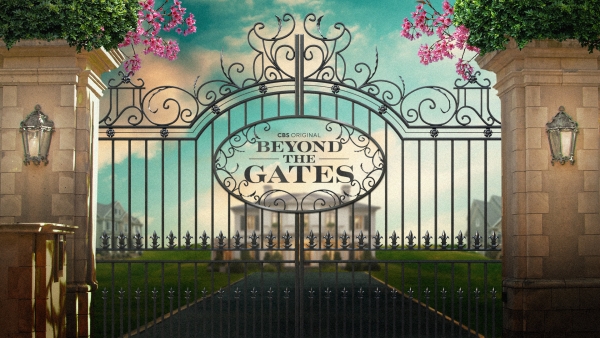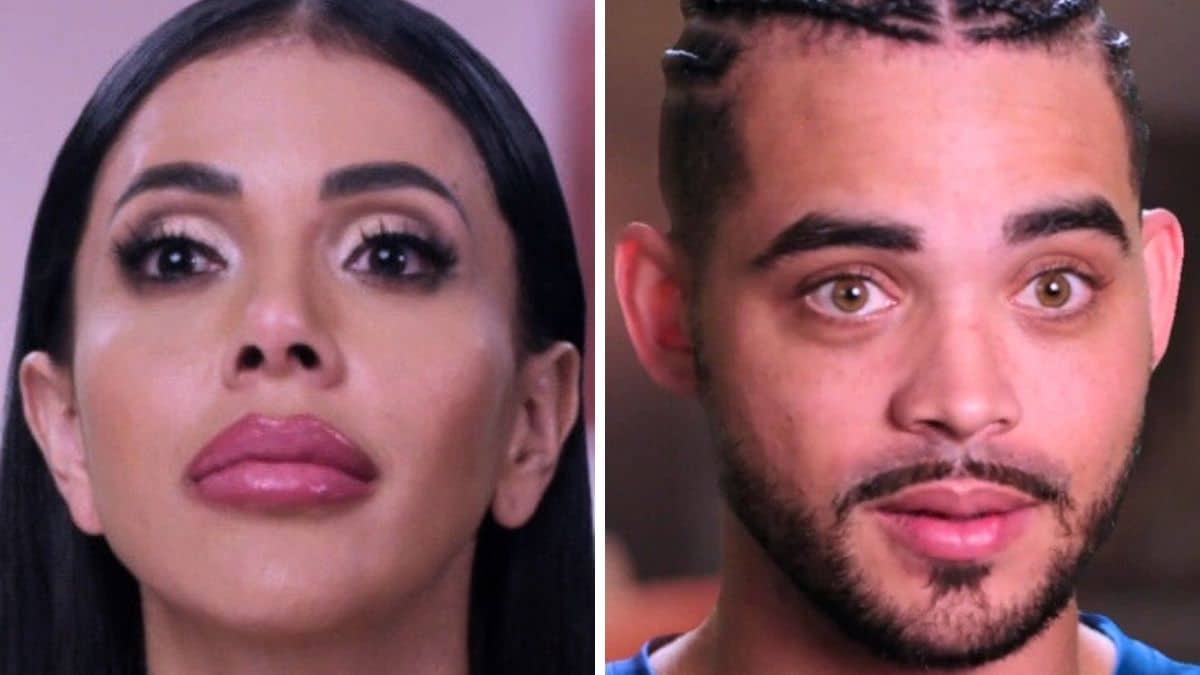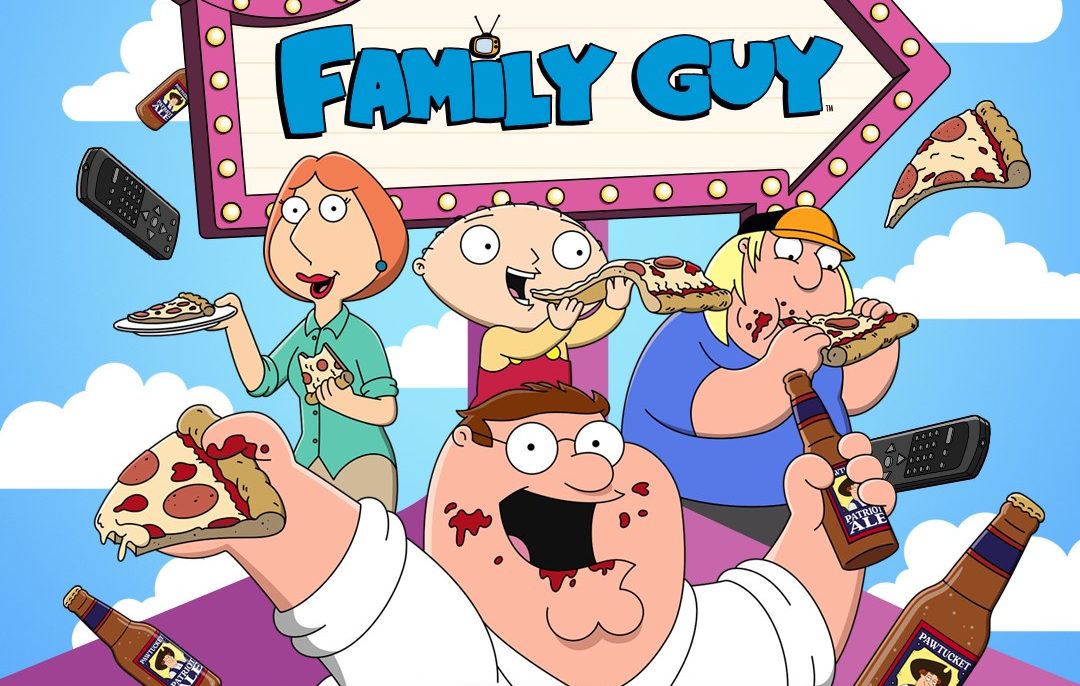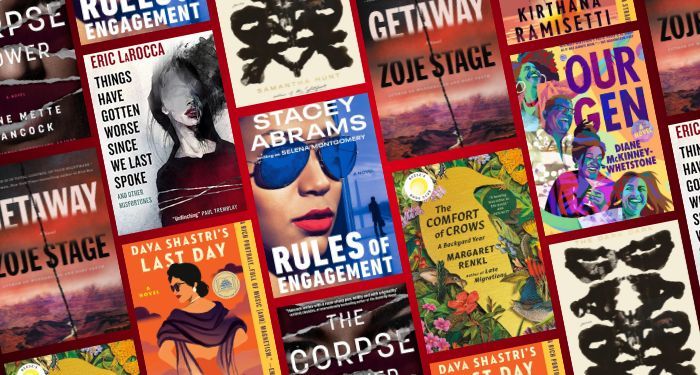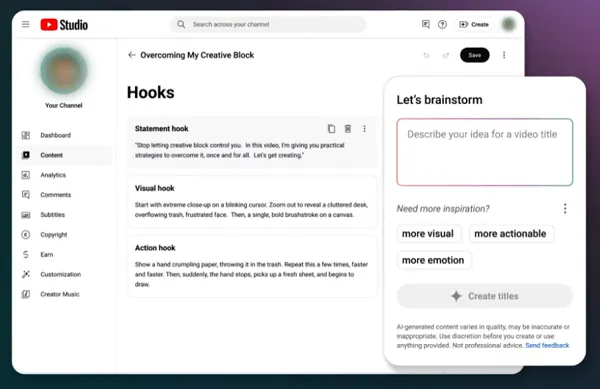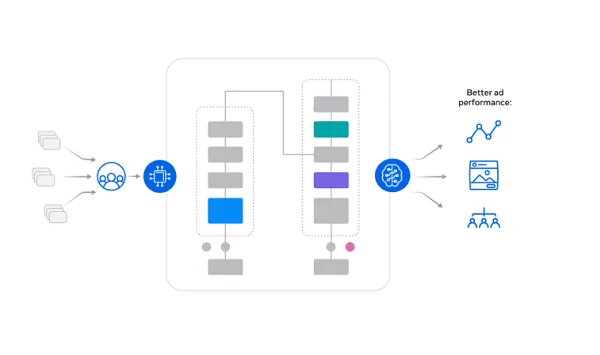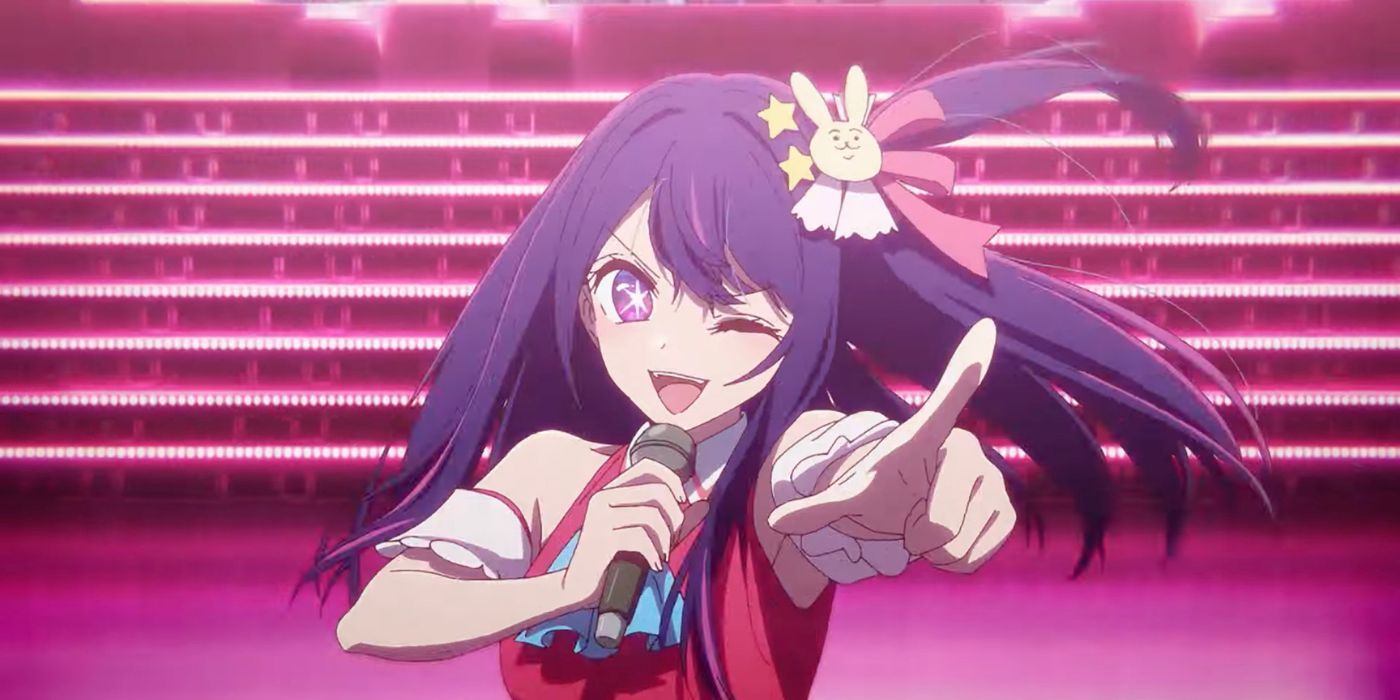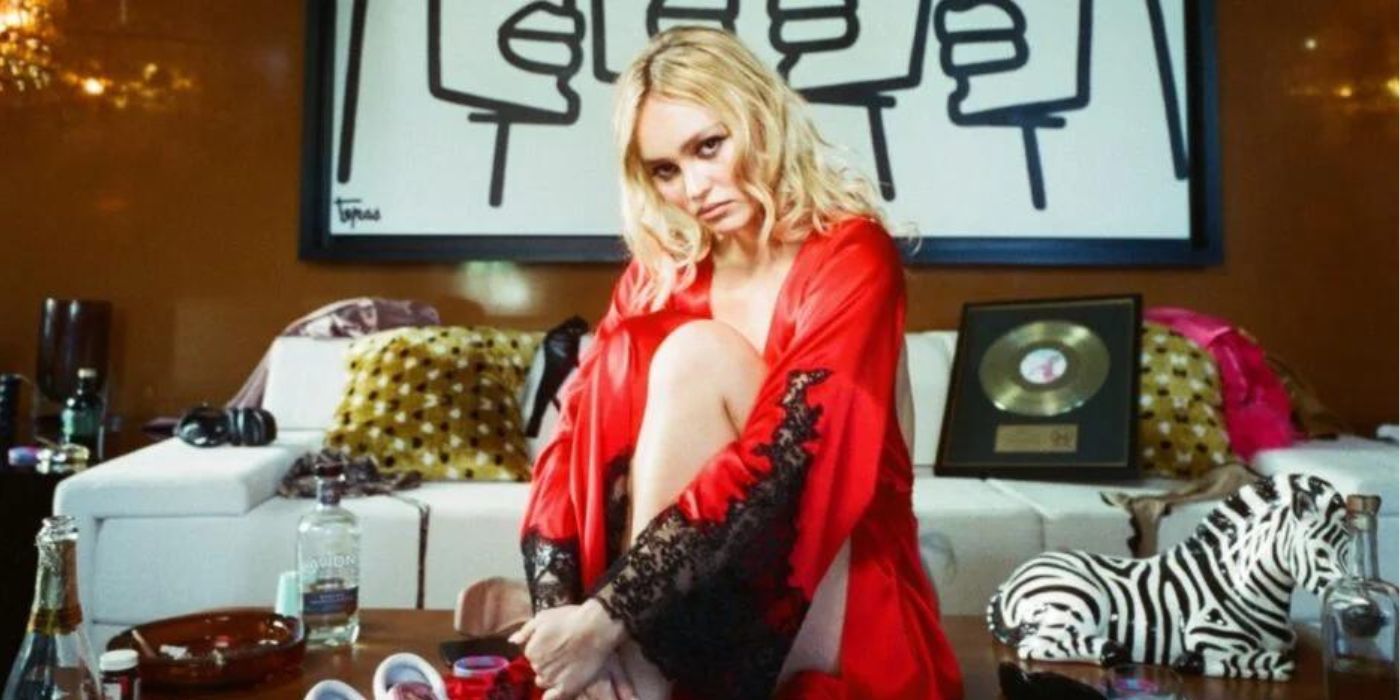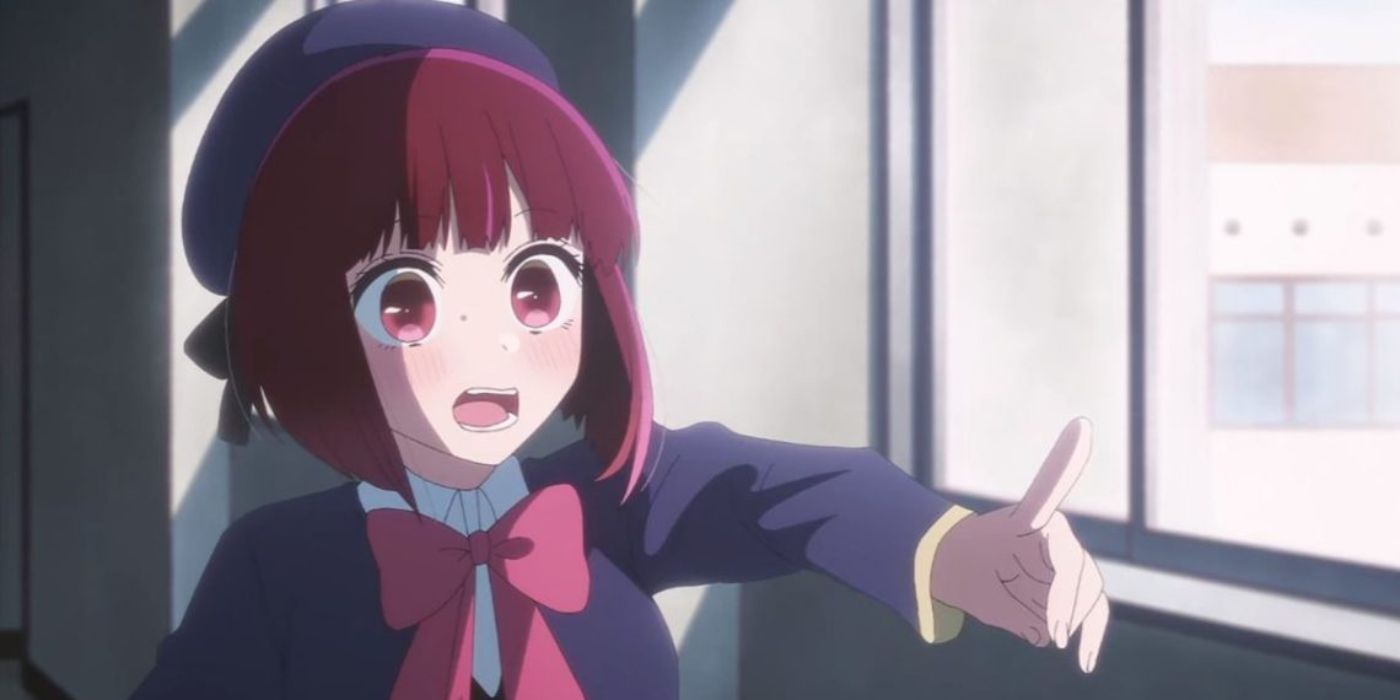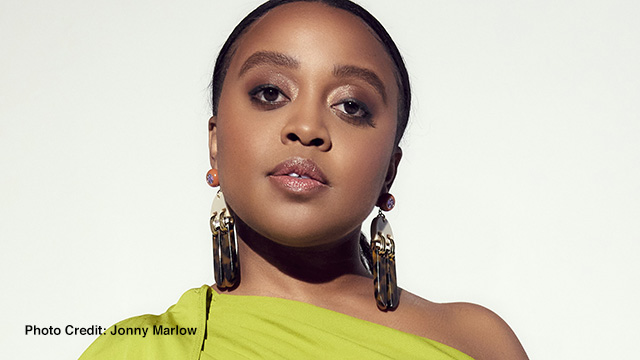Since its debut in April, Oshi no Ko has become a global anime phenomenon. The series has drawn rave reactions, breaking streaming records since it launched on HIDIVE, and ignited the anime community through its unique, intriguing mix of humor, mystery, and relevant drama. The show’s genre-breaking first episode, which came in at an insane feature length of over 80 minutes drew copious buzz and attention. The debut episode established the central mystery and conflict and set the stage for the lives of the show’s two protagonists, the Hoshino Twins: Ruby (Yurie Igoma) and Aqua (Takeo Ōtsuka). The series presents a fascinating, realistic look at the entertainment industry and its predatory, unsavory, exploitive, and unforgiving nature that chews up and spits out the idealistic dreams of young people. That’s coupled with a strange supernatural aspect that has some exciting twists and turns. If, like many, you are not impressed with HBO’s The Idol and are looking for something similar, but better, it’s time to explore why Oshi no Ko has emerged as a must-watch anime viewing event of the season.
‘Oshi no Ko’s First Episode Breaks the Mold
Oshi no Ko originated as a manga series created by writer Aka Akasaka, the creator of Kaguya-Sama: Love Is War, and artist Mengo Yokoyari. It was first serialized in Shueisha’s Weekly Young Jump magazine in April 2020. The anime studio behind Oshi no Ko, Doga Kobo, had a team of producers and animators who were already passionate fans of the material when they got the opportunity to work on the anime adaptation. The staff’s passion gave birth to an industry-defying first episode that runs over eighty minutes in length. In recent years, it has not been uncommon to see a season or series premiere for an anime series receive an extended length, especially if it’s being adapted from a popular light novel or manga series. However, a series with a feature-length premiere episode of over 80 minutes is rather ambitious. That is the length of four episodes or a miniseries right off the bat.
The passion the animation production team has for Akasaka and Yokoyari’s manga series is visible in every frame of the premiere episode. They were not willing to make any compromises when adapting the source material. No scenes were cut or rearranged. The anime staff truly brings the intriguing world of the manga to life and sets the stage by establishing the lives of Ruby and Aqua. However, the supernatural twist for these twins is that they were reincarnated from their past lives. In his past life, Aqua Hoshino was Gorou Amamiya (Kento Itō), a Japanese doctor and obstetrician in his 30s, who was brutally murdered. Ruby Hoshino’s past life was as Sarina Tendouji (Tomoyo Takayanagi), a young girl suffering from a terminal illness who was staying at the hospital where Gorou worked. It was through Sarina that Gorou was introduced to the up-and-coming underground idol, Ai Hoshino (Rie Takahashi). After Sarina’s death, Gorou unwittingly becomes the doctor for Ai Hoshino, who is pregnant with twins. Ai’s manager is trying to have Gorou discreetly assist with her delivery, fearing the scandal would ruin her life and jeopardize her career if news of her teenage pregnancy becomes public. Later on, someone leaks the news of Ai’s pregnancy to a crazed stalker, who murders Gorou. Ai gives birth, and the twins have the reincarnated personalities of Gorou and Sarina, who have retained all their memories from their past lives from the moment they were born. And that’s just in the first twenty or so minutes.
Besides faithfully adapting the incredible early chapters of the manga, the feature-length premiere episode does a tremendous job setting up the show’s unique premise. It spends a decent amount of screen time establishing the past lives of Gorou and Sarina. They share a weird connection through their love of Ai Hoshino’s music. Before her tragic death, Sarina dreams of being reborn as the child of a popular idol such as Ai. As one of Ai’s No. 1 fans, Gorou was very protective of her well-being. Now, they’ve been reborn and given a second chance at life as the children of an up-and-coming idol. Learning about Gorou and Sarina as characters, especially Sarina’s tragic backstory, makes the supernatural premise more relatable. The audience gets to know them better as characters before their reincarnations.
Some anime adaptations miss the mark in their early episodes because they fail to properly adapt the early chapters of the story and hook the viewers. Arifureta: From Commonplace to World’s Strongest is the perfect example of an anime adaptation that butchered the source material in its first episode, so it lost a lot of the impact that ran through the rest of the series because it lacked a proper setup and foundation. Oshi no Ko took its time with the early chapters for the anime adaptation, and that properly developed and established the characters. The extra time for the premiere made Ai Hoshino more like a secondary protagonist instead of a supporting player, which strengthens the rest of the season where the reincarnated Gorou, embodying Ai’s son Aqua, seeks to solve the mystery behind his mother’s murder.
Like ‘The Idol,’ ‘Oshi no Ko’ Shows the Ugly Side of the Entertainment Industry
Similar to the premise of The Idol, Oshi no Ko shines a reflection on the darker side of the entertainment industry and the lifestyle of working pop idols, showing its less-than-glamorous aspects, especially the predatory nature of its overseers, the way it exploits young people, and how it can have a devastating effect on their mental health. The series does not shy away from the vapid nature of fan culture, and how fans and social media users treat actors and pop artists as nothing more than commodities who can be discarded at their leisure.
After Ai Hoshino is tragically murdered, the social media reactions are callous and startlingly realistic, with people posting nasty fake rumors, hashtags, and memes for the sake of entertainment. After Ruby loses her mother Ai, her viewing of the social media trolling is another devastating emotional blow. The way the show depicts public reactions to tragedies in the entertainment industry rings very true to real life, but it adds a layer of authenticity to the series despite the supernatural aspects and premise.
As the series progresses, Ruby goes on a journey to fulfill her dream of becoming an idol and following in her mother’s footsteps. Meanwhile, Aqua is laser-focused on discovering the conspiracy behind his mother’s murder, deducing that his biological father is the likely culprit. He dedicates over a decade to solving the mystery. Since Ai was a rising star in the idol world, Aqua seeks to pursue a career in acting to get close to the individuals who knew his mother before her death, hoping to learn the identity of his father. He forms a relationship with filmmaker Taishi Gotanda (Yasuyuki Kase), using the connection to stay close to the industry and gain more valuable information. As Aqua and Ruby enter high school, Ruby seeks to pursue a career as an idol, despite Aqua’s attempts to keep her out of the business. Aqua gets an acting gig on a live-action adaptation of a popular manga series, thanks to a connection with Kana Arima (Megumi Han), a child actor who serves as the lead in the series and is struggling to regain legitimacy in the waning days of her career.
The series also shows the commercial side of making art. Despite Kana trying her hardest to bring some quality to the show, the acting and performances for the show are subpar, as the production team cast inexperienced male models for the leads. Aqua joins the production since he suspects the show’s producer, Masaya Kaburagi (Masaki Terasoma), might be his biological father. Kaburagi cares less about successfully adapting popular manga and creating art than using the show as a vehicle to push his desired talents from various acting and modeling agencies. Kaburagi views the actors as nothing more than disposable tools he can exploit (sound familiar, Tedros?). Again, the series does not shy away from showing the toxic nature and abject cruelty at work in the entertainment industry. Having already grown into adulthood from his past life, Aqua has a keen sense and awareness of the harsh realities of the entertainment industry. He uses that knowledge in protecting Ruby and gaining information about his mother’s killer, along with gaining a foothold in the acting world with his surprising maturity at a young age.
In another scene, Aqua tricks a teen girl who is managed by the agency that scouted Ruby for a talent contest. Aqua brings her to the agency that previously managed his mother Ai and is currently run by the twins’ adoptive mother, Miyako. The teen runs down all the various expenses and things she has to do as a working “idol,” showing that it’s not all that glamorous of a gig. Idols who have just broken into the business must constantly hustle to make any money. Not to mention, they are competing with other idols whom they fear are receiving favoritism. Despite the meeting taking place under false pretenses, Miyako refuses to sign the aspiring idol for badmouthing her other colleagues. The scariest part about this scene is the questionable lengths that Aqua is willing to go to protect his sister, considering he did all this behind Ruby’s back without her knowledge.
Unlike ‘The Idol,’ ‘Oshi no Ko’ Has Genuine, Authentic Characters
Oshi no Ko does a fantastic job with its depiction of its central characters, who are fully fleshed out and realized. Series director Daisuke Hiramaki and writer Jin Tanaka spent a great deal of time developing Ai Hoshino as a fully realized character and a genuine individual with hopes and dreams before her tragic death. The show establishes that while there is a mysterious side to Ai that is yet to be fully revealed, her love for her children was genuine.
Another great standout character in the series is Kana Arima. Kana is a child actor who is known as a prodigy for her ability to cry on cue, and the series depicts many events from Kana’s perspective. Kana represents a young person who found stardom at a very early age. Kana continues to act into her teen years, but her career and stardom are waning. Kana showcases childhood stardom’s negative effects on a person who is forced to grow up working in a toxic industry.
Aqua propels the narrative as he spearheads solving the mystery behind his mother’s murder. His scenes are always entertaining due to his weirdly mature and “precocious” nature since he literally has the mind of an adult in a child’s body. He’s even humorously nicknamed “Precocious” by the director Gotanda due to his ability to carry on incredibly intelligent conversations as a three-year-old. Aqua embodies the strong, confident, smart anime protagonist who is laser-focused on his goal. At times, Aqua can come off as a manipulative, cold individual, committing shady, sketchy acts, even if he does so in the hopes of protecting his sister and uncovering his mother’s murderer. Gotanda acts as both comic relief for the series and a mentor of sorts for Aqua. While the show explores dark thematic material, Gotanda provides well-placed humor to lighten the mood throughout the series. Gotanda still lives with his mother, who humorously dotes on him and interrupts whenever Aqua visits.
Ever since its premiere episode, every episode of Oshi no Ko is a joy to watch and adds another level of intrigue and drama to the unfolding mystery. The anime staff clearly shows their passion for creator Akasaka’s work in bringing the manga series to vivid life. Oshi no Ko is streaming weekly, both subbed and dubbed, on HIDIVE, with the season finale set to drop on June 28.















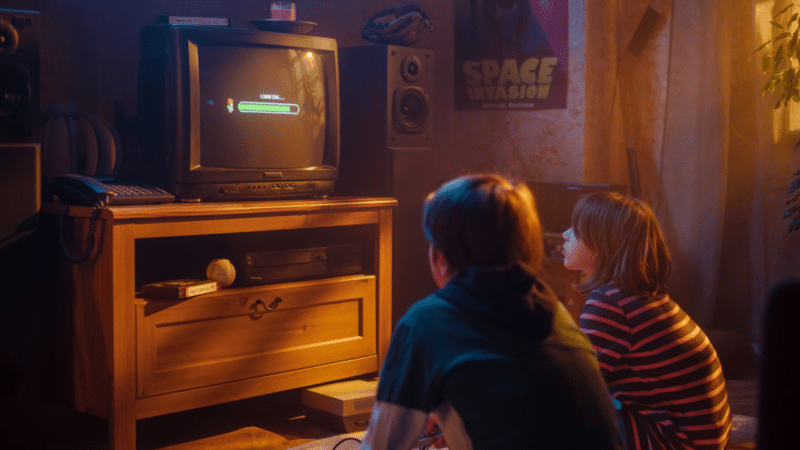


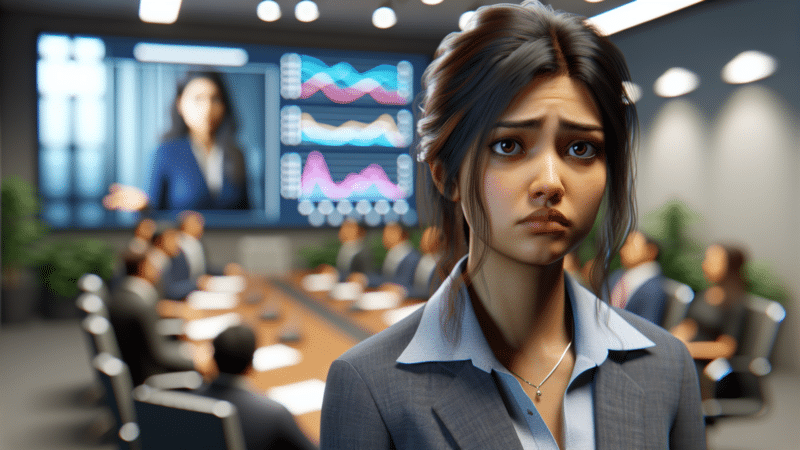






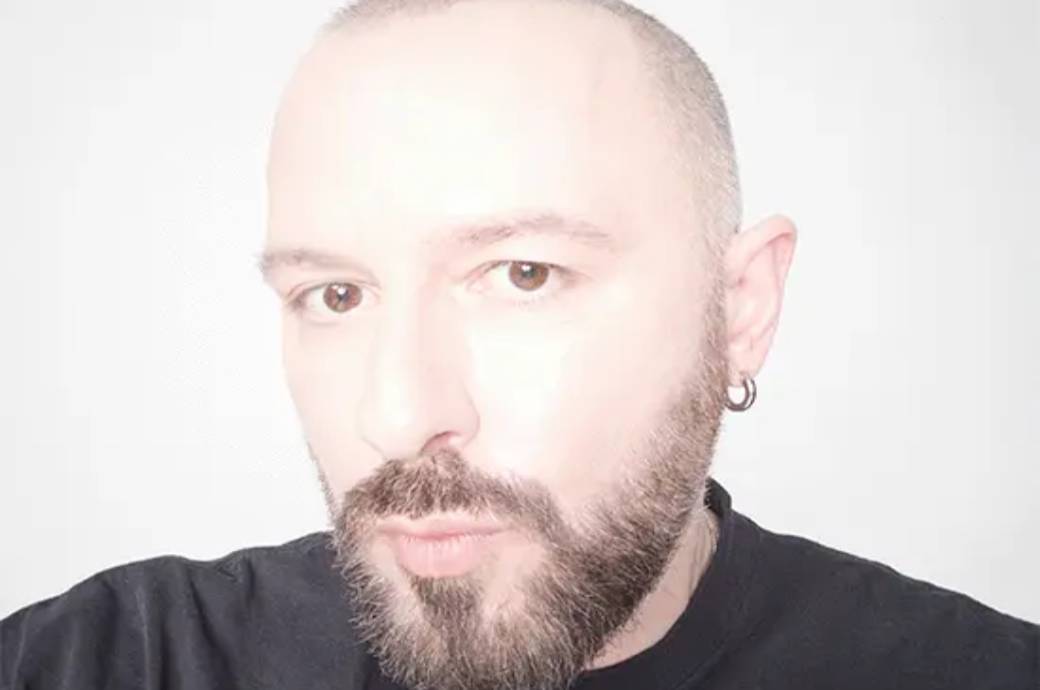




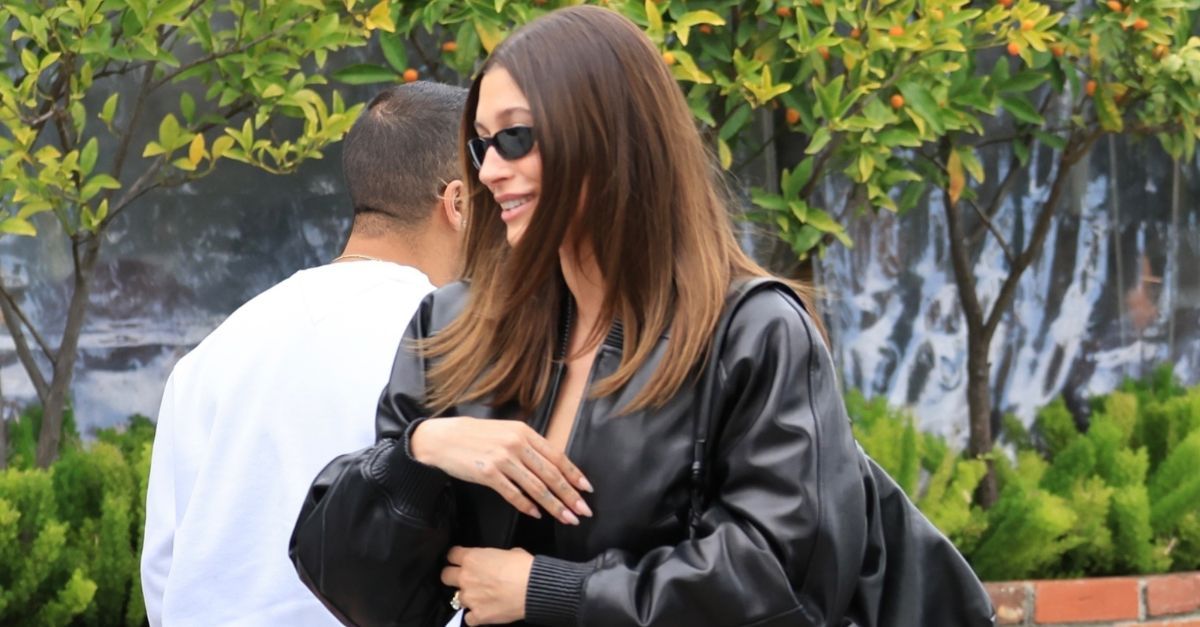






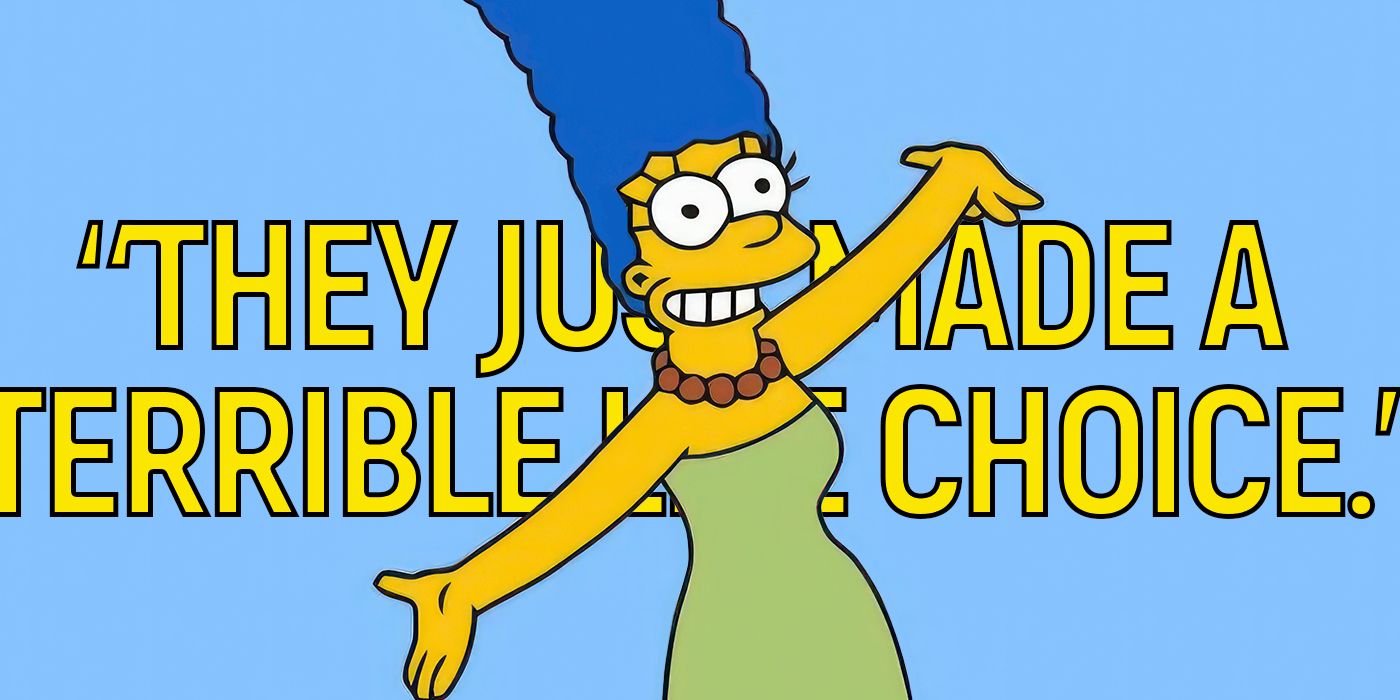


![Spider-Man Is Back in Black With the Green Goblin in New Funko Pop! Figures [Exclusive] Spider-Man Is Back in Black With the Green Goblin in New Funko Pop! Figures [Exclusive]](https://static1.colliderimages.com/wordpress/wp-content/uploads/2025/03/spider-man-the-animated-series-green-goblin.jpg)


